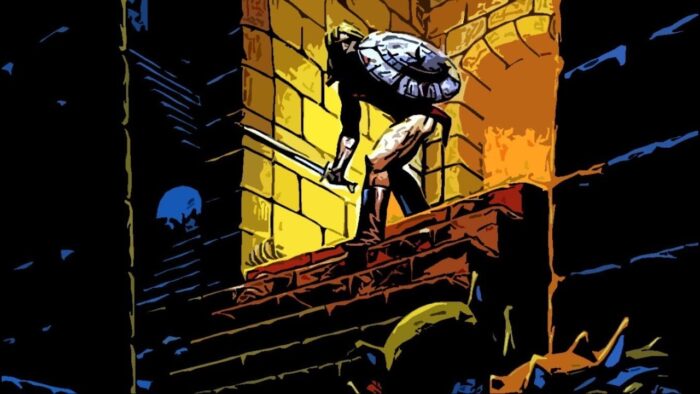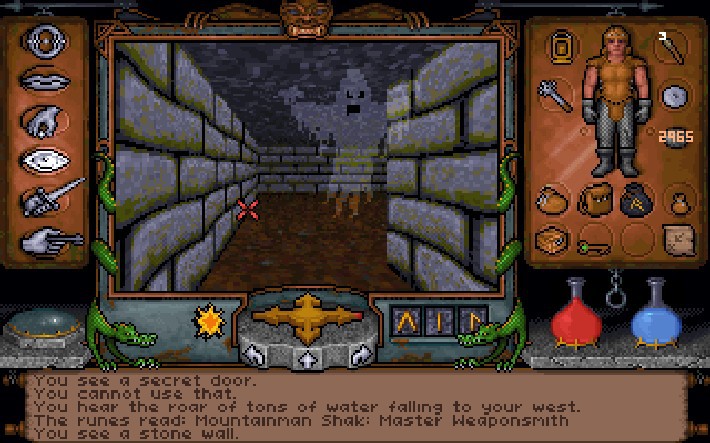
RPGs are a beloved genre and when it comes to video games, most of the best RPGs trace their roots to one series and that is Ultima. The series from Lord British himself, Richard Garriot, there is so much that can be said about the Ultima series, but today I want to look at the Ultima Underworld games.
In these games, you explored things from a first person perspective similar to many dungeon crawlers but with a twist. Unlike dungeon crawlers at the time, this one not a single flash screen affair but instead, the game scrolled in real time which allowed a deeper sense of immersion than anything else at the time. This was more than just a dungeon crawler though, as there was a massive world to explore, complete with multiple sidequests. It eschewed typical expectations for RPGs and instead created a new format and style for itself in the process. In many ways, the best games are not those that try to be the best or try to be the most unique for the sake of being unique. Instead, the best games are the ones that set out to do something different because they are doing what is best for the game.
Ultima Underworld was the first indoor, real-time, 3D first-person game to allow the player to look up and down, and to jump. This would influence not only later RPGs but also first person shooters as well. The games also told a real story rather than the generic plots of many other RPGs, expanding on the worlds introduced in the mainline Ultima games and giving us a new part of it to explore. The result was a fully realized world that even the main series it spun off from would end up borrowing from. Ultima has always been a series of firsts and the Ultima Underworld games continued that. This is the point where games started relying less on imagination and moved from telling you the details, to showing them. At this point, what was once the norm in gaming became obsolete very quickly.

I do not hesitate when I say that Ultima Underworld 1 and 2 influenced the creation of almost all first person open world RPGs that came out after. This includes multiple styles of games such as The Elder Scrolls as well as Bioshock and Deus Ex. It is indeed no coincidence that Warren Spector himself worked on this game and would use many of its ideas later on.. In addition, the music for Ultima Underworld: The Stygian Abyss was done by George Sanger, the fat man himself, and one of his frequent collaborators David Govett, and they brought their best to this work. The soundtrack was created as a powerful work with great combat music and the best feeling of immersion, with moments of dread and excitement being conveyed beautifully.
Ultima Underworld 1 and 2 can still be appreciated today. Even with the older style of visuals and game design, the games hold up surprisingly well, which is a testament to how well they were made. I encourage you all to try these games, and see for yourself why they helped make gaming what it is today.

